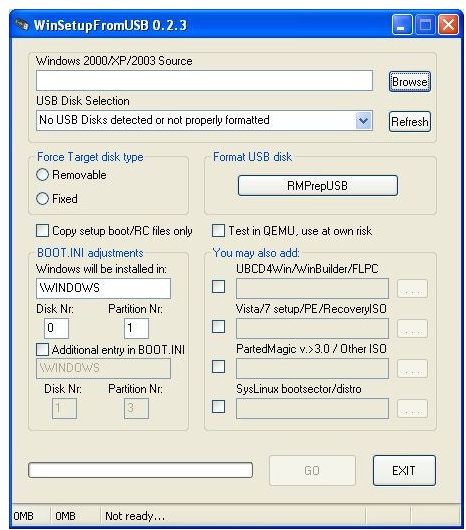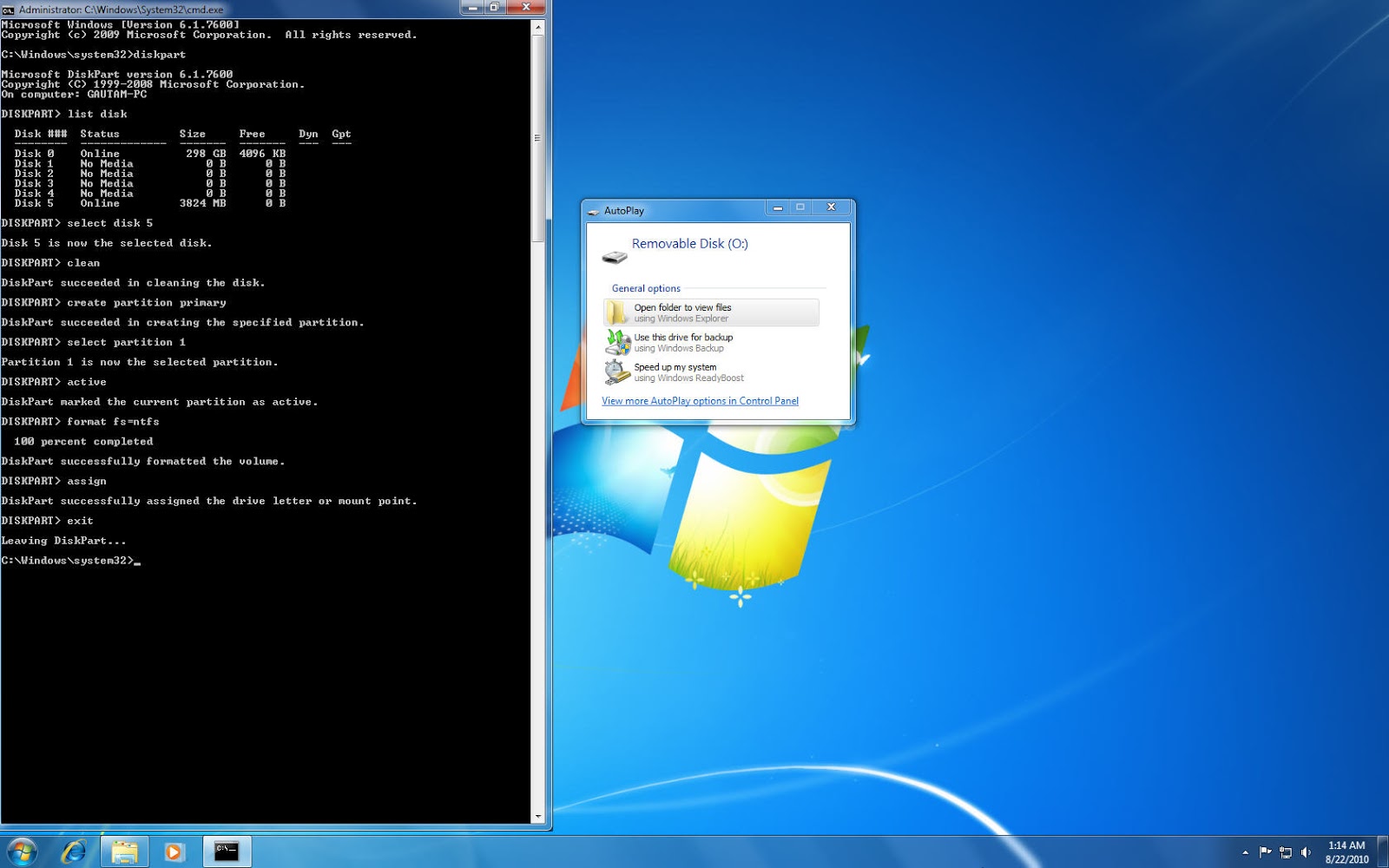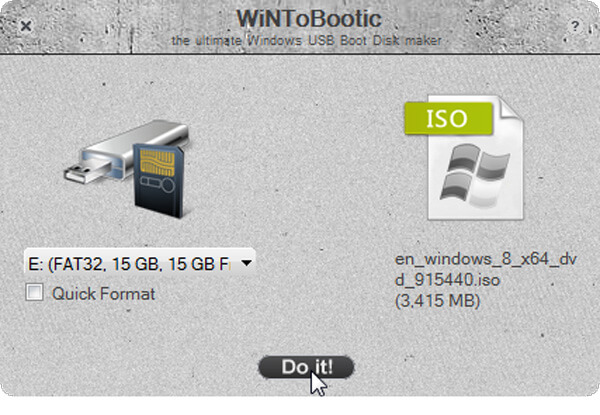

Then you need to type the following command: D:\Boot\Bootsect /NT60 E: /force /mbr Suppose your mounted ISO image has the drive letter, D: in the This PC/Computer folder, and your USB stick has the drive letter E: The final part: you need to write a bootloader to your USB stick.On Windows 7, open the ISO with 7-Zip and extract to the drive letter of your USB stick. This will take a few minutes depending on the speed of your USB flash drive. Double click the ISO image in Windows 8 to mount it, and copy all files from the ISO image to the USB stick.You will return to the elevated command prompt - do not close it. This is to allow your USB stick to be able to load some bootloader. This will create a primary partition which will store your data. Type the following command: crea part prim.If you are not sure, it is better to clean the partitions and data. Note: you can skip this step if you are an advanced user and know that your USB stick has a proper filesystem.

It will erase all data from your USB drive.

In my case, it is 1, so i have to use the following command: sele disk 1 Where # the number of your USB stick drive.

In Windows 8 and Windows 8.1, you don't need any third-party software to extract the ISO's contents to the USB flash drive: Windows 8 and Windows 8.1 have built-in support for ISO images. It creates a virtual drive which can mount ISO images and you can work with them like a regular DVD disk inserted in the physical DVD drive. Alternatively, there is Virtual CloneDrive software which is also free. The free and open source 7-zip archiver can perfectly extract the contents of the ISO image. You need to unpack the ISO file of Windows 7 setup to extract its contents. Warning! You will need to erase all data from the USB flash drive you use for this, so make a backup of the important data on it before you proceed.


 0 kommentar(er)
0 kommentar(er)
